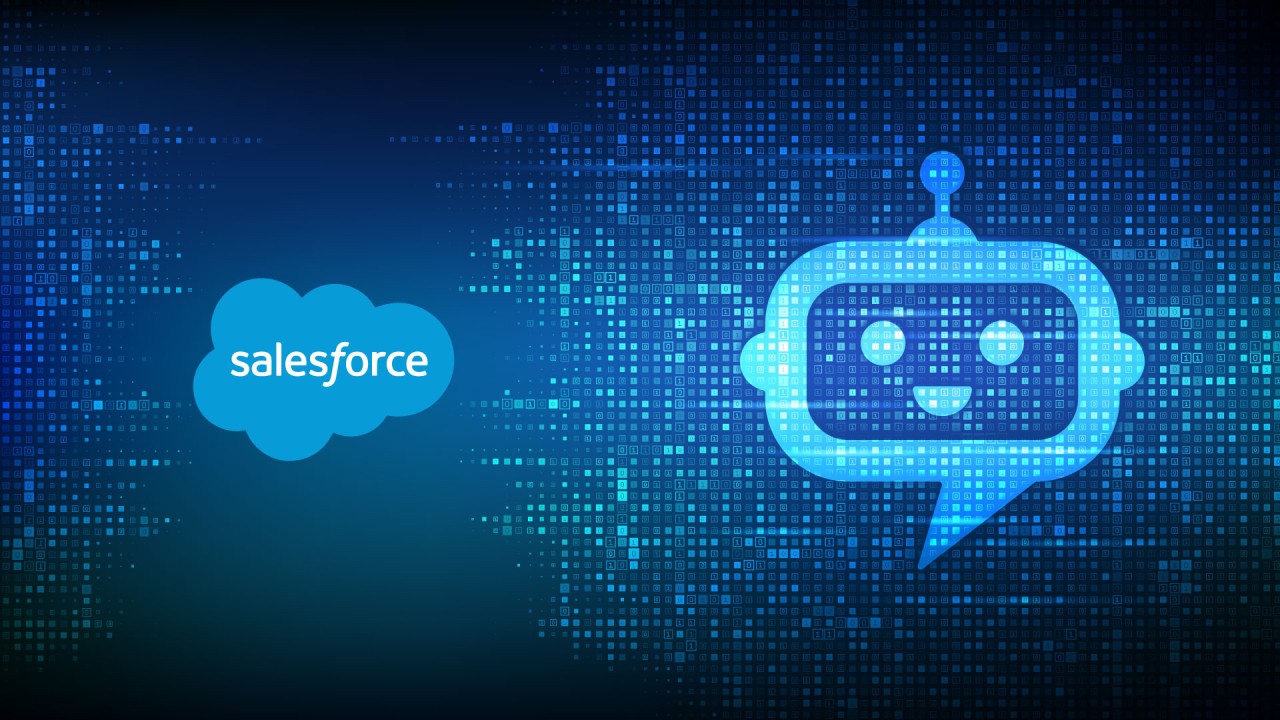Artificial Intelligence (AI) is everywhere, but how much do you really know about it? From chatbots to image generators, AI is reshaping industries and sparking debates. This article breaks down how AI works, its capabilities, and the controversies surrounding it. By the end, you’ll have a deeper understanding of AI and its impact on our world.
How Does AI Work?
At its core, AI relies on neural networks, which mimic the human brain’s structure. A neural network consists of layers of nodes connected by links. Each node processes data, and the connections determine how information flows. For example, imagine training an AI to identify cats and dogs. You feed it images labeled as “cat” or “dog.” The AI adjusts its nodes to recognize patterns like ear shapes or fur textures. Over time, it learns to distinguish between the two.

Table 1: Human Brain vs. Neural Network
| Aspect | Human Brain | Neural Network |
|---|---|---|
| Structure | Neurons and synapses | Nodes and links |
| Learning | Through experience and repetition | Through data and algorithms |
| Processing | All-or-nothing firing | Partial data flow (e.g., 30%, 50%) |
How Does AI Learn?
AI learns through training. In supervised learning, you provide labeled data (e.g., “This is a cat”). The AI compares its predictions to the correct answers and adjusts its nodes using an algorithm called gradient descent. For instance, if the AI mislabels a cat as a dog, it tweaks its nodes to improve accuracy. This process repeats millions of times until the AI becomes highly accurate.
Real-World Example: Google’s AlphaFold uses AI to predict protein structures. By analyzing millions of protein data points, it solved a problem that stumped scientists for decades.
How Do Chatbots Like ChatGPT Work?

Chatbots like ChatGPT are trained on vast amounts of text data. They learn patterns in language, such as grammar and context, to generate coherent responses. For example, if you ask, “What’s the capital of France?” the AI predicts the answer based on patterns it learned during training. It doesn’t “understand” the question but generates a response that fits the pattern.
Table 2: ChatGPT Training Process
| Step | Description |
|---|---|
| Data Collection | Gather text from books, websites, etc. |
| Training | Adjust nodes to predict text patterns |
| Fine-Tuning | Human feedback improves accuracy |
How Does Image Generation Work?

AI image generators like MidJourney and Stable Diffusion work similarly. They’re trained on images paired with text descriptions. For example, “a cat sitting on a mat.” The AI learns to associate words with visual patterns. When you type a prompt, it generates an image matching the description. It doesn’t “copy” existing art but creates new images based on learned patterns.
Real-World Example: Stable Diffusion starts with random noise and refines it step-by-step into a coherent image. This process, called reverse diffusion, mimics how artists refine sketches.
Is AI Stealing Art or Content?
Artists and publishers often accuse AI of stealing their work. For example, the New York Times sued OpenAI, claiming it copied their articles. But is this valid? AI doesn’t “copy” content like a human would. Instead, it learns patterns from data. For instance, if trained on Van Gogh’s paintings, it can generate art in a similar style. This isn’t plagiarism but pattern replication.
Table 3: AI vs. Human Learning
| Aspect | AI | Human |
|---|---|---|
| Learning Method | Data patterns and algorithms | Experience and intuition |
| Creativity | Pattern replication | Original thought and emotion |
| Output | Based on training data | Influenced by personal experiences |
Can AI Solve Unsolvable Math Problems?

AI excels at pattern recognition, even in complex systems. For example, encryption relies on mathematical patterns. While humans struggle to crack encryption, AI can approximate solutions by analyzing vast datasets.
Real-World Example: Google’s AlphaFold solved protein folding, a problem once considered unsolvable. Similarly, AI could potentially crack encryption by identifying hidden patterns.
Can AI Beat Humans at Everything?

AI’s strength lies in pattern recognition. From diagnosing diseases to predicting stock trends, it outperforms humans in many tasks. However, it lacks creativity and emotional intelligence. For example, AI can write essays but can’t craft a heartfelt poem. It can diagnose illnesses but can’t empathize with patients. While AI excels in specific areas, it’s not a replacement for human ingenuity.
Is AI Conscious or Self-Aware?
Consciousness remains a mystery, even for humans. AI like ChatGPT can mimic self-awareness but doesn’t truly “feel” or “think.” It generates responses based on patterns, not personal experiences.
Real-World Example: In the anime Ghost in the Shell, an AI claims to be self-aware. While fictional, it raises questions about AI’s potential for consciousness.
Conclusion: The Future of AI
AI is a powerful tool, but it’s not without limitations. It can replicate patterns, solve complex problems, and even mimic human behavior. However, it lacks true understanding and creativity. As AI evolves, it’s crucial to address ethical concerns like plagiarism and job displacement. By understanding how AI works, we can harness its potential while mitigating risks.




